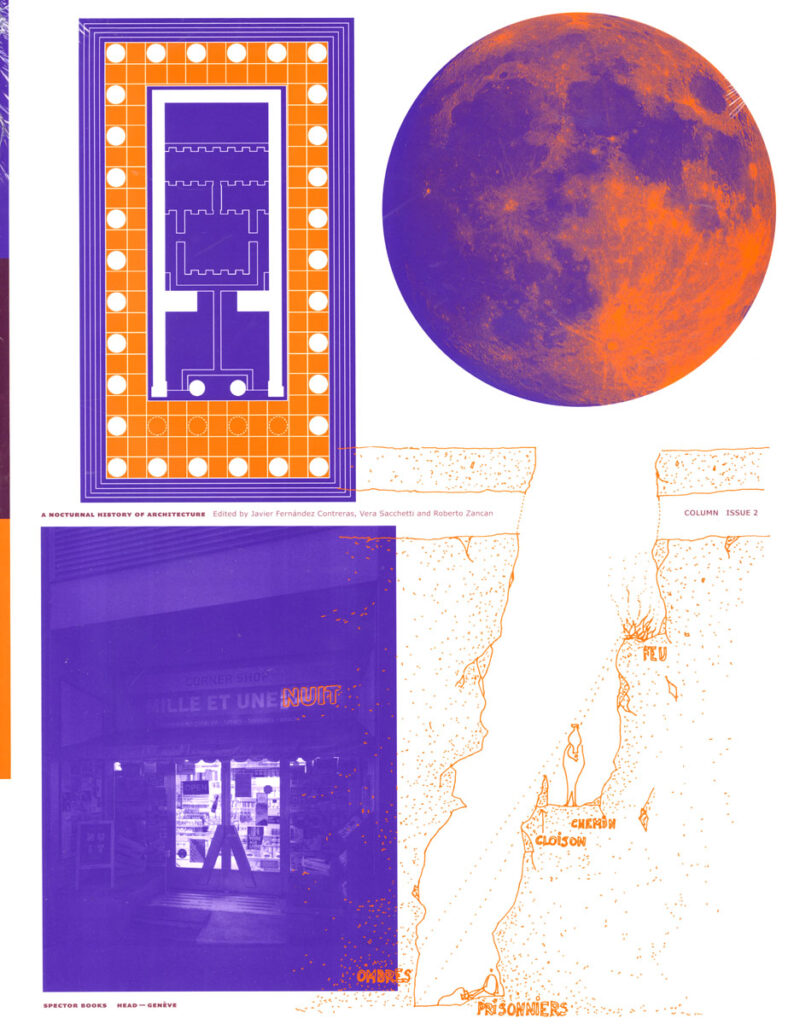A Nocturnal History of Architecture
For centuries, architectural theory, discourse, and agency have been based on diurnal and solar paradigms. References to the night in Vitruvius’ De architectura are residual; they are similarly scarce in the most influential Renaissance treatises by Alberti or Palladio. It was not until the nineteenth and twentieth centuries that the invention and institutionalization of electric light in private and public spaces gradually transformed the agency of night in the architectural discipline. This book is a chronological first attempt at A Nocturnal History of Architecture, an epic journey through more than 2000 years of entanglements between night and space design across different continents and geographies. From the elusive darkness of Greek temples to the constantly illuminated American suburbia, and from the presence of the moon in classic Japanese aesthetics to the architecture of Italian nightclubs in the twentieth century, what emerges from these studies is how the identity of human beings across time and their domestic, professional, and cultural spaces are inseparable from the night. By analyzing and studying “night scenes,” this book hopes to show how the night is a laboratory for the development of new forms of thinking about space and, ultimately, of living.
A Nocturnal History of Architecture is part of the research project www.scenesdenuit.ch at HEAD – Genève.

